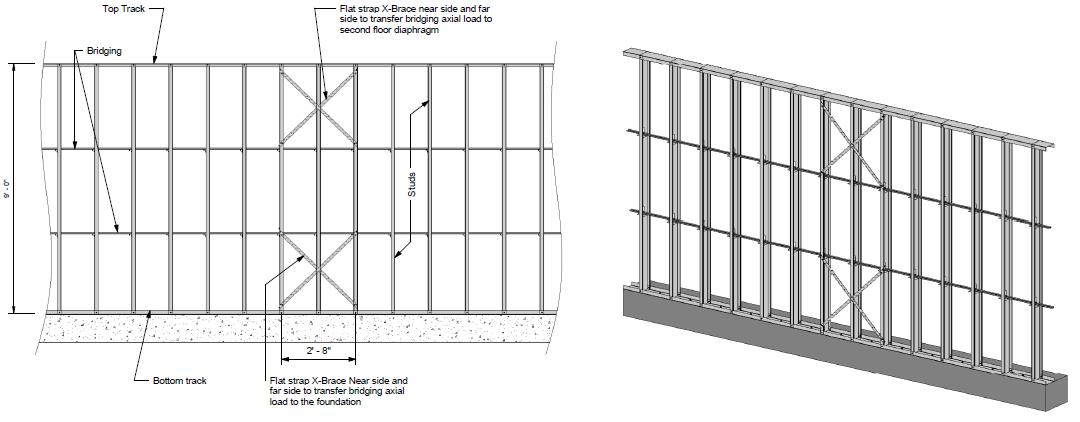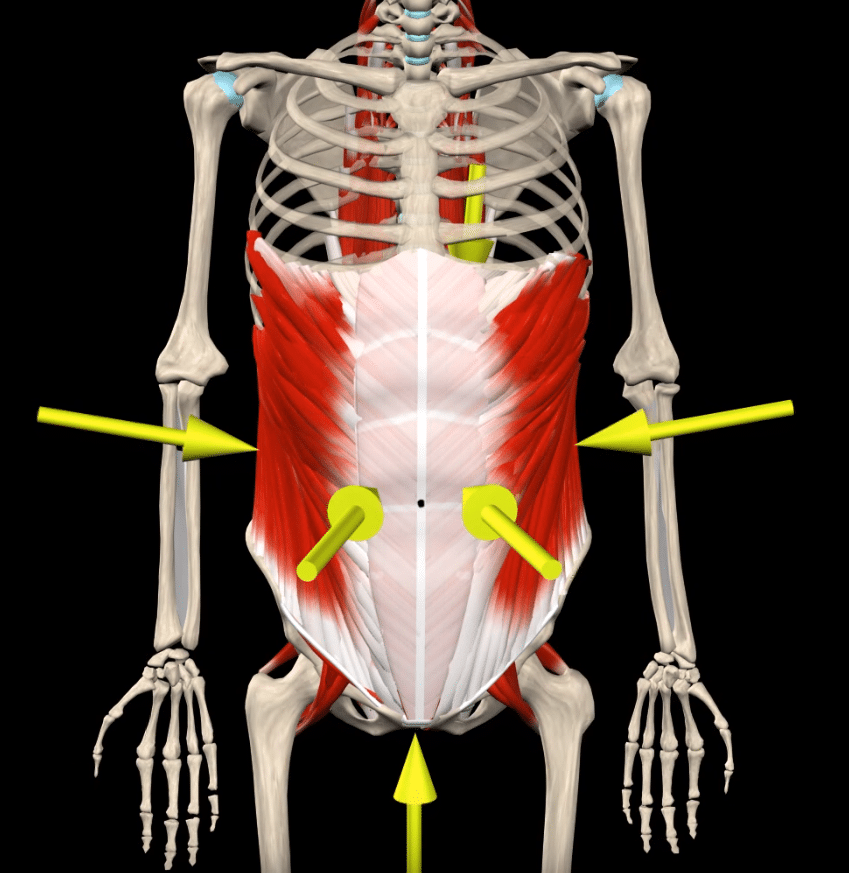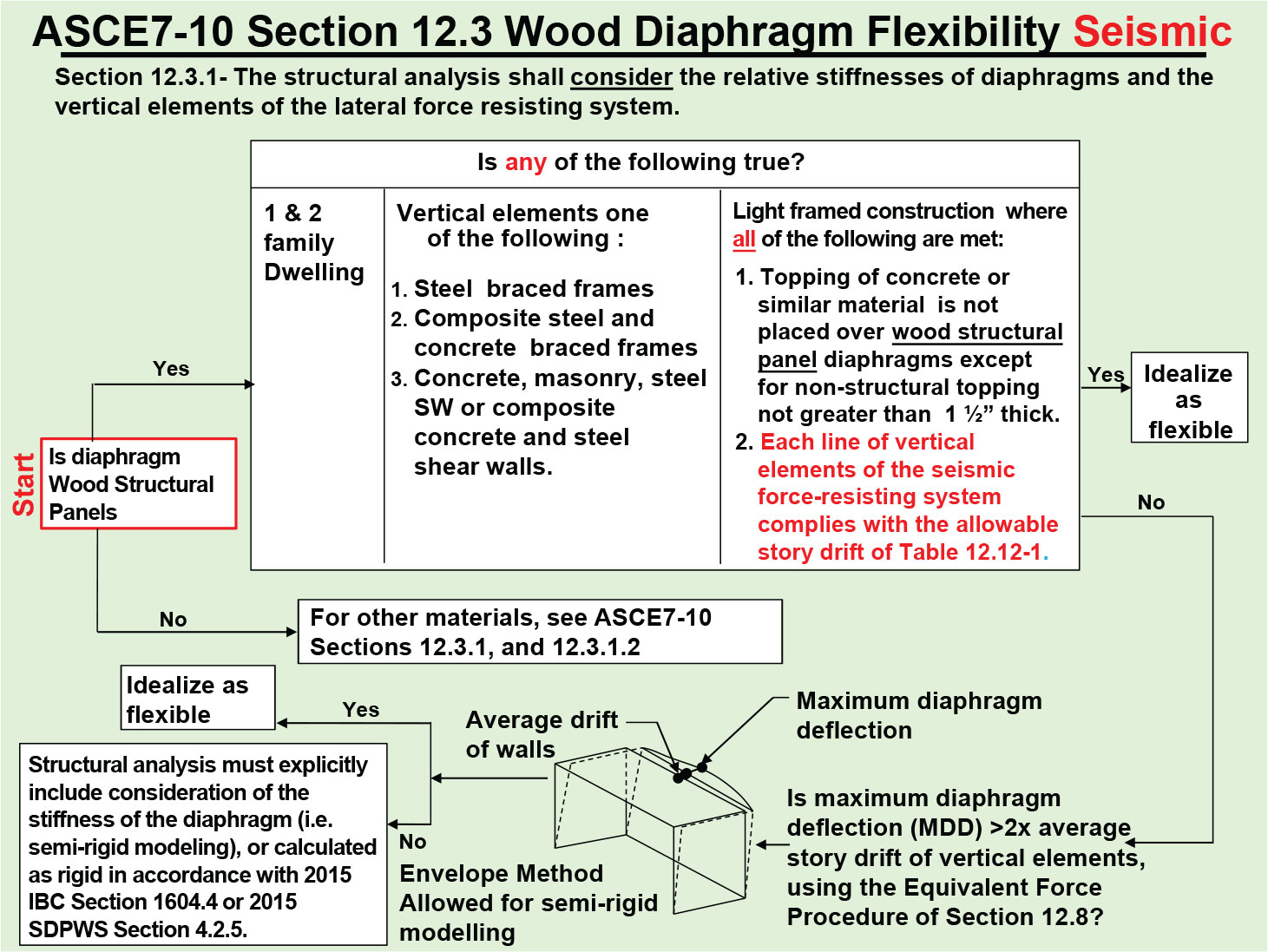Floor Diaphragm Versus Bracing

The floors and roof of a building in addition to resisting gravity loads are also generally designed to act as diaphragms.
Floor diaphragm versus bracing. Floor systems involving precast concrete planks require proper consideration to ensure adequate transfer of. Diaphragms either roof or floor. Shear wall walls used in building construction that aid. In timber floors for example the floor sheeting carries the shear forces while perimeter joists.
It is placed between vertical elements to transfer lateral loads to the vertical elements such as shear panels vertical trusses or moment frames. The diaphragm forces tend to be transferred to the vertical resisting elements. The ceiling and floor form a horizontal diaphragm. In structural engineering a diaphragm is a structural element that transmits lateral loads to the vertical resisting elements of a structure such as shear walls or frames diaphragms are typically horizontal but can be sloped such as in a gable roof on a wood structure or concrete ramp in a parking garage.
All floor solutions involving permanent formwork such as metal decking fixed by through deck stud welding to the beams with in situ concrete infill provide an excellent rigid diaphragm to carry horizontal forces to the bracing system. A horizontal system roof floor or other membrane or horizontal bracing acting to transmit lateral forces to vertical resisting elements. The ceiling and floor diaphragms play important roles in the transfer of wind loads from the walls and roof to the braces. In transferring lateral loads from the roof system or walls down to the foundation.
Diaphragm transfer lateral loads to vertical shear wall figure 7 1.













